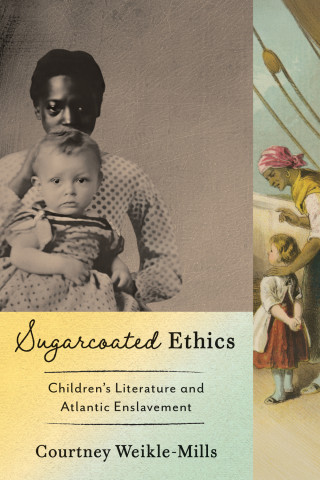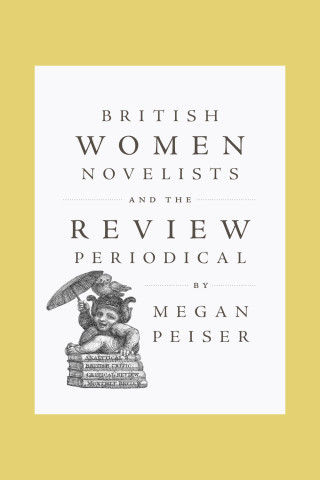
Reviews
The fruit of wide and perceptive reading, Imagining Methodism is not only forensically incisive, but (as one might expect from a Professor of English) written in a readable and pithy style with some nice turns of phrase. She has tapped and mastered a considerable range of relevant literature, historic and contemporary... Imagining Methodism brings refreshing and challenging insights to the area.
Anderson's prose is witty, and she brings welcome rigor to a collection of squibs, rants, and sermons too often dismissed as incapable of sustaining serious thought. This is an important intervention—Imagining Methodism in Eighteenth-Century Britain will need to be reckoned with by all students of 'spirituality', enthusiasm', and 'secularity' in the long eighteenth century.
...[T]he range of sources Ms. Anderson brings to her study is impressive, as is her ability to navigate between the anti-Methodist literature and the philosophical discussions during the period.
This is both a thoughtful and thought-provoking exploration, scrutinizing the ways in which perceptions of Methodism 'worked' in the British imagination...
Perhaps the highest praise I have for Anderson's worthy volume is that it prompts reflection on not just eighteenth- but also twenty-first-century strategies for performing secular statehood.
Imagining Methodism in Eighteenth-Century Britain is well researched and will make a significant contribution to our understanding of Methodism, and to the tensions between reason and religion, in eighteenth-century studies.
Redefining the relationship among word, flesh, and spirit in the Enlightenment by demonstrating Methodism’s expressive urgency in a variety of putatively secular entertainments—drama, music, and erotic fiction—Misty Anderson’s book must be read by anyone who wants to keep up with the best work in the field of eighteenth century studies.
Book Details
Acknowledgments
Introduction: Longing to Believe: Methodism and Modernity
1. Historicizing Methodism
2. The New Man: Desire, Transformation, and the Methodist Body
3. Words Made Flesh: Fanny Hill and the
Acknowledgments
Introduction: Longing to Believe: Methodism and Modernity
1. Historicizing Methodism
2. The New Man: Desire, Transformation, and the Methodist Body
3. Words Made Flesh: Fanny Hill and the Language of Passion
4. Actors and Ghosts: Methodism in the Theater of the Real
5. "My Lord, My Love": The Performance of Public Intimacy and the Methodist Hymn
6. A Usable Past: Reconciliation in Humphry Clinker and The Spiritual Quixote
Afterword: 1778 and Beyond
Notes
Bibliography
Index





